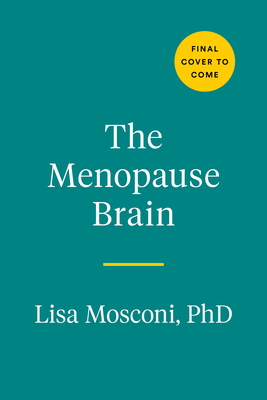More on this book
Community
Kindle Notes & Highlights
Break it up. If you don’t have a 60-minute window to exercise, you might find three 20-minute segments in which you can.
If you don’t have more than 20 minutes, then work out for 20 minutes. Never underestimate the power of a quick workout! There is still an enormous difference in overall health compared to doing nothing at all.
If you are seriously strapped for time, plank. Get yourself in plank position and hold it for as long as possible. Ten minutes in plank pose may...
This highlight has been truncated due to consecutive passage length restrictions.
Track your progress to increase your motivation and staying power.
Set realistic, achievable goals for yourself, and approach these goals with self-love instead of self-criticism. Get creative, and you do you.
A poor diet can indeed make symptoms worse, hasten the onset of menopause, and make you feel cranky, tired, depleted, and brain fogged. When you’re going through perimenopause in particular, you may begin to notice that certain foods trigger certain symptoms.
For example, foods that spike blood sugar levels can suddenly zap your energy and leave you more irritable than ever. Drinking alcohol can exaggerate, extend, or multiply hot flashes.
Refined, processed, and preservative-heavy foods are expert at taking down your mood and focus, killing two...
This highlight has been truncated due to consecutive passage length restrictions.
Just as important, plants are the richest source of fiber, and fiber is the name of the game in women’s health. In fact, some of the most potent nutritional advice I can deliver is to eat enough fiber.
Besides its positive effects on blood sugar, insulin levels, and digestion, fiber has the lesser-known skill of balancing estrogen levels. It facilitates the action of a molecule called sex hormone binding globulin, or SHBG, which regulates estrogen and testosterone levels in blood, effectively stacking hormones in our favor.
Antioxidants fight off free radicals, reducing inflammation and delaying cellular aging. Since free radicals negatively affect egg maturation and release, while also wreaking havoc on your brain cells, a high intake of antioxidants may slow these effects, postponing menopause for longer.
Today, only one in every ten American adults consumes the minimum daily requirements for fruit or vegetables. In contrast, one in every two Americans eats 200 pounds of red meat and poultry each year—and that’s on top of all the processed foods consumed daily. Between these stats and those regarding lack of exercise, almost half of all U.S. adults will be obese by 2030. The rates of heart disease, stroke, and type 2 diabetes are also at an all-time high in many countries.
Among them, dark leafy greens and cruciferous vegetables are exceptionally conducive to hormonal balance and a healthy nervous system. For some examples, these include: Leafy green vegetables: kale, collard greens, spinach, cabbage, beet greens, watercress, romaine lettuce, Swiss chard, arugula, and endive. Cruciferous vegetables: cauliflower, broccoli, cabbage, kale, collard greens, mustard greens, garden cress, bok choy, Brussels sprouts.
Whole grains (those with the husk still on) like brown rice, wheat berries, and steel-cut oats, as well as most legumes and tubers like sweet potatoes, fall in this complex carb category, explaining why they are also referred to as “good” carbs.
Great examples of high-glycemic carbs aren’t just the obvious ones like packaged treats, sugary cookies, commercial pastries, and candies. The high-sugar carb club has numerous members, including sodas, sweetened drinks, and processed grains such as sandwich bread, white bread, white rice, commercial pasta, bagels, and rolls.


